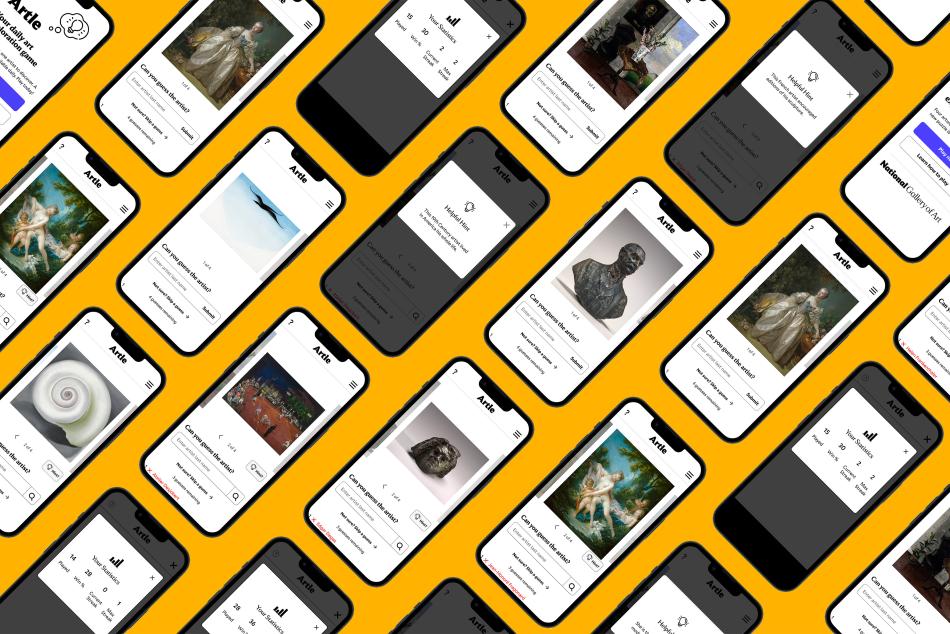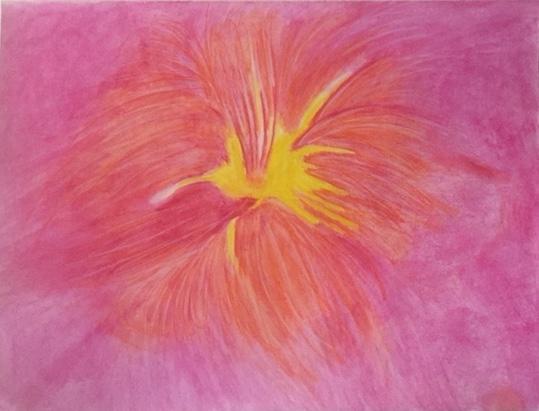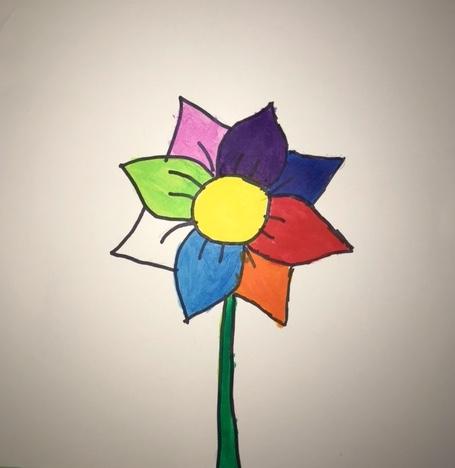Georgia O’Keeffe is famous for her large paintings of flowers, shells, and bones. In this work, O’Keeffe makes the flower larger than it is in real life, making us notice its unique color and design. This painting is part of a series. In each painting of the series, O’Keeffe zooms in closer to the center of the flower, making it harder to recognize as a flower.

Language
Look
What colors do you see? Name and describe them.
Find colors, lines, and shapes that repeat throughout the painting.
Compare this painting to another one in the series. How is it the same? How is it different?
Which is your favorite painting in the series? Why?
What are some reasons why an artist might make a painting of a flower?
What are some other art supplies you could use to make a series of flower paintings?
Read
Lola Plants a Garden (Spanish language version: Lola planta un jardín)
by Anna McQuinn and Rosalind Beardshaw
Lola learns all about gardening and then, with her family, plants her own garden and waits patiently for flowers to grow.
Through Georgia’s Eyes
by Rachel Rodríguez and Julie Paschkis
This book offers the biography of O'Keeffe and her lifelong interest in he wonders of nature.
Make: Zoom in on a flower
You Will Need
- Fresh flowers or a potted (flowering) plant
- Pencil
- Paintbrushes
- Watercolor paints
- Watercolor paper
- Sponge or paper towel
- Cup or container of water
First, take time to look closely at a single flower. Notice its colors and patterns, the shapes of its petals, and all of its parts. Try to zoom in and get a bug’s-eye view of the flower!
Next, use a pencil to draw the shape of the flower. Make your drawing fill the watercolor paper, maybe even going off the edges, so that the flower looks larger-than-life.
Use watercolor paints to fill in your flower drawing. For large areas of color, such as petals and leaves, first wet the paper with a damp sponge or paper towel, then brush on the watercolor so it spreads. Let the paint and paper dry before adding patterns and details.
Vocab Bank
- damp
- pattern
- pulpit
- series
- watercolor
Download
Art Tales: Coloring and Cut-Outs booklet (PDF, 3.5 MB)
Art Tales for Pre-K (PDF, 7.2 MB)
Primeros Pasos En El Arte (PDF, 7.5 MB)
Primeros Pasos En El Arte: Colorear y Recortes (PDF, 3.7 MB)
Uncovering America: Faces of America teaching resource
An Eye for Art: Georgia O'Keeffe teaching resource (PDF, 9.4 MB)
Visit
Register for the Art Tales pre-K school tour
Submit Student Work
Send images of your students' projects that follow these activities - email [email protected]
You may also like

Educational Resource: Art Starters: Mary Cassatt
A lesson for preschool to kindergarten students about artist Mary Cassatt's oil painting Little Girl in a Blue Armchair. Students learn how to look at this painting, what you can read to learn more, how to paint your own quiet moment, and a list of vocabulary terms related to this activity.

Educational Resource: Art Tales: Henri Matisse
A lesson for preschool to kindergarten students about artist Henri Matisse’s 1950 artwork Beasts of the Sea. Students learn how to look at this artwork, what you can read to learn more, how you can paint with scissors, and a list of vocabulary terms related to this activity.

Educational Resource: Art Starters: Henri Rousseau
A lesson for preschool to kindergarten students about artist Henri Rousseau’s painting Tropical Forest with Monkeys. Students learn how to look at this painting, what you can read to learn more, how to create imaginary jungle, and a list of vocabulary terms related to this activity.




